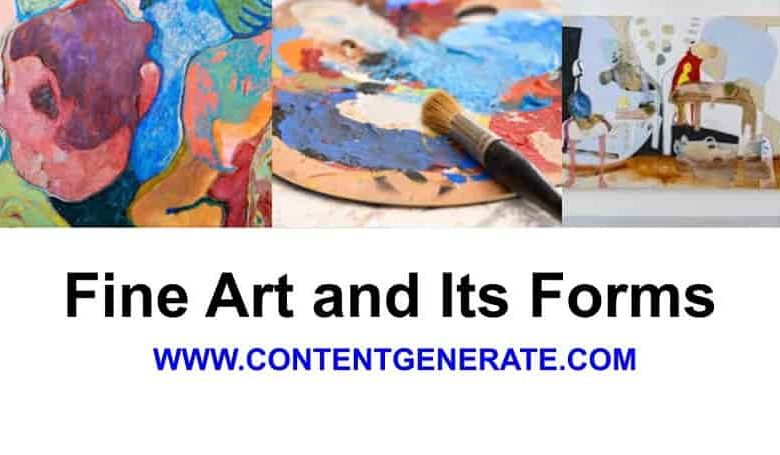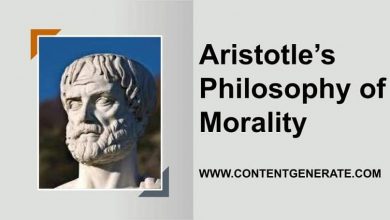Fine Art and Its Forms

This post defines and gives a brief description of different forms of fine arts i.e architecture, painting, drawing, graphics.
Contents
What is art?
The term ‘art’ refers to skillful communication of an idea with a purpose to arouse intellectual and emotional reactions in the audience. In other words, art is a creative activity through which an artist expresses his/her imaginative skills. The artwork produced usually creates amazement and stimulates appreciation from the audience.
What are fine arts?
Fine art is primarily created for aesthetic purposes and judged for its beauty and meaningfulness, e.g. painting sculpture-making, drawing, graphics, etc.
In other words, the fine arts refers to visual arts – the art form meant to be seen by people, serving both aesthetic and intellectual purposes.
Popular forms of fine arts
Popular styles or forms of fine arts include architecture, painting, sculpture, music, and poetry.
1. Architecture
The term architecture as an important form of fine arts involves planning, designing, and constructing physical structures for human inhabitation and other purposes. It also generally refers to the constructed buildings and non-building structures.
According to the first known writer on architecture, Vitruvius (a roman by origin), a good building should serve three purposes, (a) durability (b) utility, and (c) aesthetics. That means a building should have a strong foundation and structure to remain intact for a longer period of time. It should serve the purpose for which it is constructed. Lastly, it should be aesthetically appealing to people.
2. Painting
Painting is an art form used by an artist to express ideas and emotions with certain aesthetic qualities, in a bi-dimensional visual language.
The elements of painting as an art form include its shapes, lines, colors, tones, and textures which artists use in a multitude of ways to arouse sensations of volume, space, movement, and light on a flat surface.
These elements are combined into expressive patterns in order to represent real or supernatural phenomena, to interpret a narrative theme, or to create wholly abstract visual relationships.
3. Sculpture Making
Sculpture-making is one of the forms of fine arts in which three-dimensional objects are made by using materials that are hard in texture, e.g. plastic, clay, wax, glass, rubber, stone, etc. The sculpture can be of varying designs. Similarly, the artifacts can be in a freestanding position, made on surfaces, tableaux, etc.
The materials of which sculptures are made are used in multiple ways to suit the purpose of the artist. Some processes in this art include carving, modeling, casting, assembling, etc. through which the artists give different shapes and make combinations.
The ancient and historical sculptural artifacts that have survived to date are sculptures in stone. Sculptures in stone survive more and far better than those made of other material easily vulnerable to damage. The only thing that has been lost regarding ancient stone sculptures is the bright painting they originally had.
4. Drawing
Drawing is one of the styles of fine arts in which an artist expresses him/herself by marking lines with help of pencil, ink pen, paints, inked brushes, etc. on two-dimensional surfaces, e.g. a page, wall, roof, etc.
However, the development in technology and the advent of computers have given birth to another form of drawing also called digital drawing.
Digital drawing performed on graphics software in a computer, mobile, tablet, etc. There are different methods of digital drawing but the most common include a mouse used to draw lines on a digital page. Apart from the mouse, stylus or finger can be used in smart devices with a touch screen facility.
Nowadays, with progress in technology, a number of digital devices and art programs are available in the market.
5. Graphics
Graphics is also a form of fine art, mostly two-dimensional expression, on a flat surface. Graphics has also two types, (a) traditional graphics (b) digital graphics.
A. Traditional graphics
Traditional graphics refers to the arts that mostly depend on line and tone than on color esp. drawing and various forms of engraving.
B. Digital graphics
Digital graphics refers to an act of printmaking, painting, photography, drawing often produced on flat surfaces with the use of graphics software on a computer, mobile, etc.




